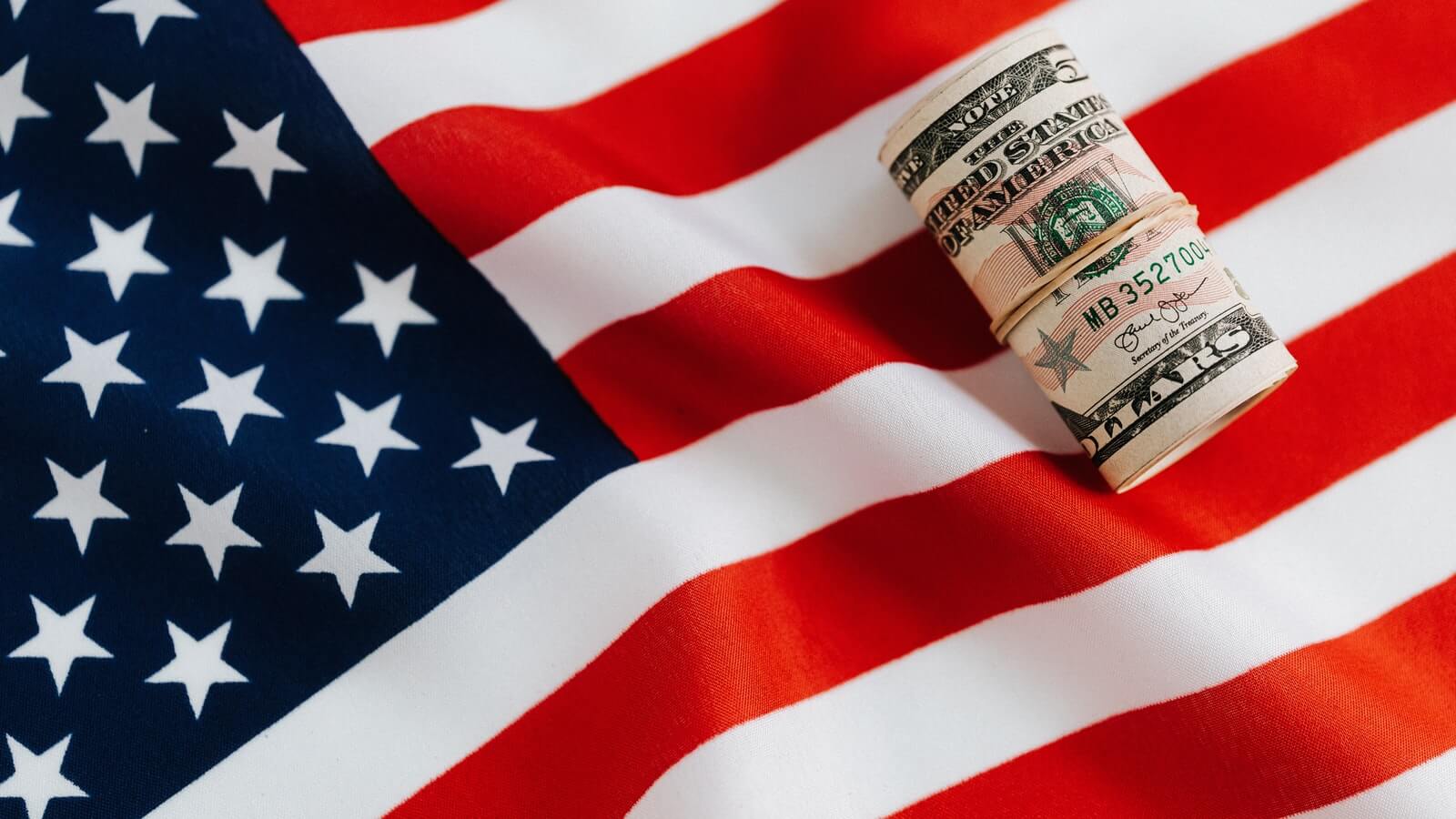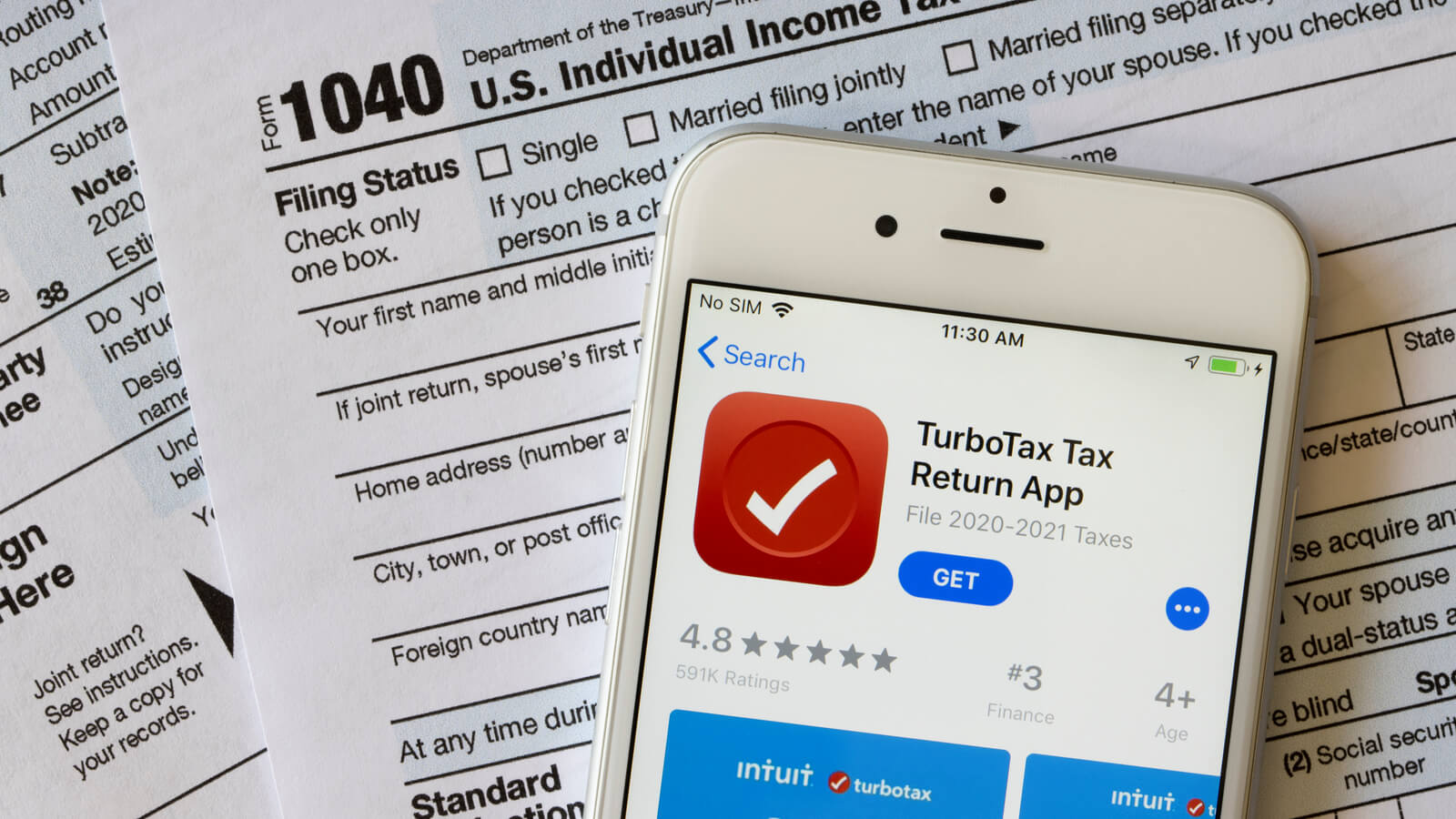It's not just good for your employees, it's good for your business.
If you’re a small business owner, you may have wondered about offering a 401(k) plan for your employees. Is it worth the hassle and expense?
The answer is often yes. Offering a 401(k) plan can help attract and keep the best employees, and thanks to some nice tax incentives, it may not even cost you that much.
Contents |
| What's a 401(k)? |
| 1. It improves employee retention |
| 2. It's not that expensive |
| 3. You can get some nice tax credits |
| 4. It's easy |
| FYI: SECURE Acts |
The basics
- Offering a 401(k) costs money, but not that much, and it’s probably good for your business
- Tends to improve employee retention and growth
- If you’re employed in your own business, you may also be eligible for a 401(k)
- Tax incentives are available to offset the cost
What’s a 401(k)?
A lot of people know that a 401(k) is a type of long-term savings account, but not anything more specific than that. So what is it, really?
The 401(k) is a type of employer-sponsored retirement savings plan. It offers tax incentives to encourage people to start saving for their retirement. Employees can contribute – often automatically, with every paycheck – and employers usually contribute as well.
There are certain annual limits (adjusted by inflation every year) to how much you can contribute to your 401(k), and people over 50 are allowed to make additional contributions to “catch up.”
| 👩🏫 Note: The annual limit for employee 401(k) contributions is $22,500 (2023) and $23,000 (2024), with additional contributions of up to $7,500 for those 50 or older. |
The most important question: what’s up with the weird name? It’s actually named after the section of the Internal Revenue Code that governs these plans, introduced in the Revenue Act of 1978. And now you know! You’re welcome.
Types of 401(k)
In a traditional 401(k), employee contributions are deducted from gross income, meaning that it comes out of your paycheck before income taxes have been calculated. This reduces your taxable income for the year and can net you a tax deduction, but the income – and any growth from interest over the years – will be taxed at retirement when the money is withdrawn.
In 2006, an additional type of 401(k) was introduced: the Roth 401(k). If you’re familiar with the Roth IRA, this works in more or less the same way: contributions come from after-tax income, so you don’t get any tax deductions the year you contribute. The upside here is that you won’t owe any taxes at retirement, and you won’t incur an additional tax liability on any earnings.
Consider both of these options, both for your employees and yourself (if you work for your own company and qualify for a 401(k), which is very possible!).
| 👩🏫 Note: The 401(k) has special tax benefits to encourage retirement, and the IRS is pretty serious about the retirement part. Withdrawing before a certain age – 59 ½ – may trigger an additional 10% tax penalty. Some exceptions apply, like if you’re paying off a medical bill after a job loss. |
Okay, so that’s a 401(k). Now why is offering one to your employees good for your small business?
1. It improves employee retention
According to data collected by Gusto, a popular payroll service provider, employees with a 401(k) are 32% less likely to leave within a year of hiring. Similarly, research from Voya Financial found that 71% of employed Americans say that they’re much more likely to stay with their current employer if offered a retirement plan.
Offering a 401(k) can give you a competitive edge when it comes to retaining star employees and minimize the costs of training new ones.
2. It’s not that expensive
Offering a 401(k) involves paying the 401(k) provider for the accounts, but the fees may not be as much as you’d think. It can cost as little as $50, plus $8 per employee, per month. All in all, it’s usually about $500-$2000 annually for most small businesses.
That’s especially nice when you consider the cost of providing some other employee benefits. Healthcare plans are great, but their average cost is close to $8,000 per single plan and over $20,000 for family plans. An employer-sponsored retirement fund like a 401(k) can be a less expensive way to attract high-quality employees.
3. You can get some nice tax credits
The SECURE Act of 2019 allows small business employers offering a 401(k) for the first time to claim up to $16,500 in tax credits.
If your small business – up to 100 employees – hasn’t offered a retirement plan at any point in the past 3 years, you can qualify for $500-$5,000 per year, per employee. Choosing to automatically enroll all employees on payroll will score you an additional $500.
That’s tax credits, not deductions: you’re not reducing taxable income, you’re directly reducing your tax bill, dollar-for-dollar.
You can’t claim it forever, as these credits are only available for each of the first 3 years you offer a retirement plan. Still, they should offset the cost of the 401(k) for a while.
4. It’s easy
Setting up a 401(k) plan can often be seamlessly integrated into the payroll software that businesses already use. Guideline, for instance, handles nearly every detail themselves, and can connect with the most popular payroll software including Gusto, QuickBooks, and Square.
That means you can often just choose to opt-in, with only a few quick decisions about what kind of plan to offer. Setup takes about twenty minutes, and things are more or less automated from there, including employee enrollment. Most of the time, any employees on payroll will be automatically enrolled, although they can always choose to opt out.
Thanks to the SECURE Act 2.0 of 2022, all employees must be automatically enrolled in any new 401(k) plans by 2025, which will probably simplify things even further.
FYI: SECURE Acts
We mentioned both the original SECURE Act of 2019 and the SECURE 2.0 Act of 2022, which have massive implications for those offering a 401(k) or contributing to their own – and you might be in both of those categories soon, if you’re not already.
So, to cover all the bases, let’s go into a little more detail about how those acts affected retirement plans like 401(k)s.
SECURE Act
The Setting Every Community Up for Retirement Enhancement Act or SECURE Act (they really really wanted it to spell “secure”) was passed by Congress in 2019, making some changes to how long-term retirement savings work. These changes include:
- Introduced tax credits for businesses offering a 401(k) for the first time, as mentioned above
- Raised the age when you have to start withdrawing required minimum distributions – also known as RMDs – from 70 ½ to 72, giving retirees more flexibility with their income and tax liability
- Allowed long-term part-time employees – at least 500 hours per year for at least three years in a row – to make contributions to a 401(k) plan
- Removed the age limit for 401(k) contributions, which was previously 70 ½
- Allowed penalty-free withdrawal for new parents, even before the age of 59 ½
- Required beneficiaries of inherited IRAs to withdraw the funds within 10 years of inheritance
SECURE Act 2.0
The thrilling sequel to the first SECURE Act, the SECURE 2.0 Act update was passed by Congress in December of 2022. It includes the following:
- Allowed larger “catch-up” contributions, as mentioned above, letting people over 50 get ready for retirement
- Further raised the age at which RMDs start, from 72 to 75
- Implemented automatic 401(k) enrollment – new 401(k) plans past 2025 must automatically enroll employees
- Allowed withdrawal of up to $1k early as an emergency distribution once per year, without a tax penalty, with three years to repay
- Allowed employers to make 401(k) contributions for employees who are paying off student debt, permitting employer retirement contributions equal to employee student loan payments
Keep an eye out for any additional changes to 401(k) regulations in the future. New legislation moves forward surprisingly often in the world of taxes.
The bottom line
From tax credits to employee retention, offering a 401(k) can benefit your small business in a variety of ways. You may even be able to get some retirement savings of your own out of the deal.
If all that talk of tax savings has you wondering about your own small business, get some time on your calendar to talk to a member of the DiMercurio Advisors team. Ask us how you can have your best tax season ever.








